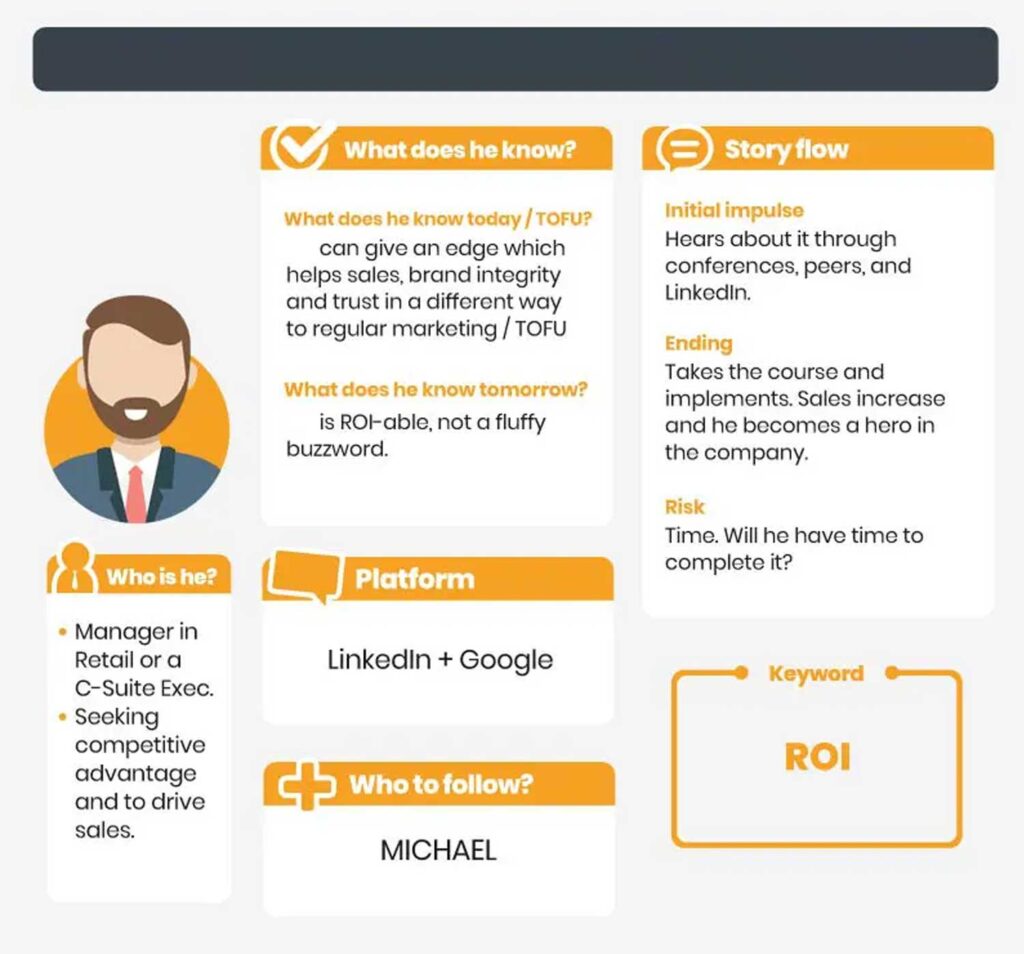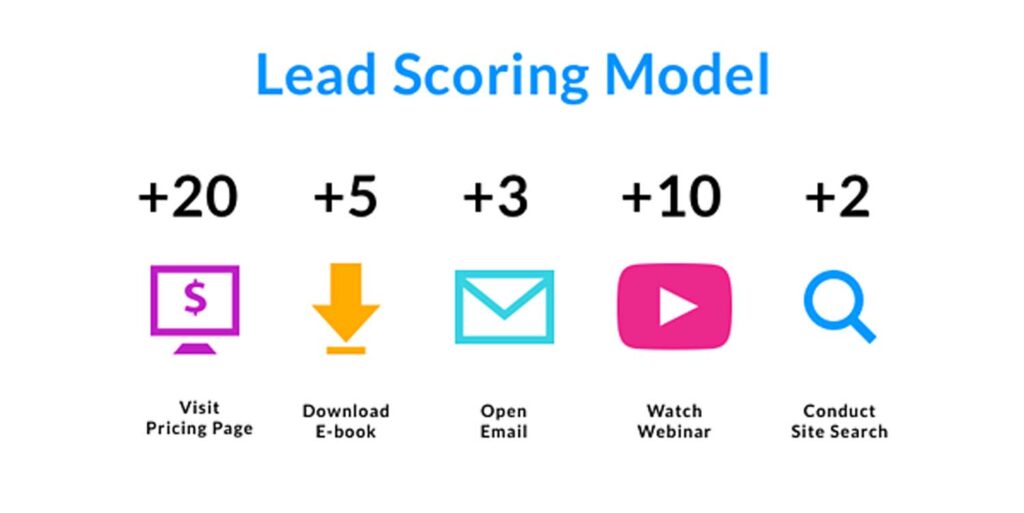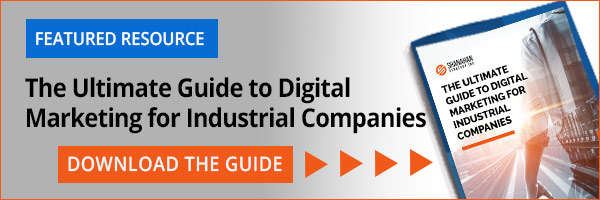While marketing and sales teams work together to attract leads and generate revenue, each has their own unique role in the process of growing your business. For this reason, it’s important to know the difference between marketing-qualified leads and sales-qualified leads.
Every company wants to attract new leads to convert them to customers and make more money. But just because someone comes in contact with your company doesn’t mean they have any intention of actually making a purchase. Attracting high-quality leads who intend to convert is one of the greatest challenges for 37% of marketers. To increase the likelihood of conversions, you must know where leads are in their customer journey and understand how to guide them successfully through the sales funnel.
Keep reading to learn how to get your marketing-qualified leads to become sales-qualified leads for better ROI and revenue generation.
Key Takeaways
- Marketing qualified leads (MQL) are people who are responding to your marketing efforts and show intent to buy.
- MQL buyer signals like filling out online forms and downloading free content indicate that an individual is ready to convert.
- Sales qualified leads (SQL) are people who are highly motivated and have expressed a stronger intent to buy.
- Lead scoring helps you know where your leads rank on the intent-to-buy spectrum so you can target them with the right approach.
What Are Marketing-Qualified Leads?
Marketing-qualified leads (MQL) are individuals who show intent to buy. They’ve responded to your lead generation efforts and have shown certain buying signals that indicate their interest in your solutions.
These signals can vary for different companies, so it’s important to understand your audience clearly so you can recognize and interpret what their actions mean for your bottom line. The marketing team then hands MQLs to the sales team for nurturing and conversion.
Analyzing demographics and creating buyer personas to identify your ideal customer can help your marketing and sales teams determine how to categorize your leads. However you choose to identify your MQL, the criteria mustn’t be too narrow. You don’t want to filter out so many leads that you don’t have enough to nurture. With an identification method in place, a good rule of thumb is to reassess your MQL criteria quarterly to be sure you’re capturing the leads that are most likely to convert.

5 Buying Signals of a Marketing-Qualified Lead
Buying signals are strong indicators that your lead is an MQL and ready to consider making a purchase. The following video highlights several buying signals to look for when identifying an MQL:
Source: Sales Insights Lab on YouTube
Here are five specific examples of buying signals that mean you should prepare to hand leads over to your sales team.
1. Fill Out Online Forms
When a lead completes a form on your website, they typically seek more information. They don’t necessarily expect (or, frankly, want) a one-on-one conversation with a sales representative. They’re simply on a fact-finding mission, gathering details on their own terms. However, when someone subscribes to your email list or registers for a webinar, this can push them past the threshold to become an MQL.
2. Spend Time on Your Site
The average website visitor stays on a page for less than 15 seconds. Even if you have a clean, organized site with well-labeled information and fast load times (website must-haves for manufacturing companies), if a visitor isn’t interested in purchasing, you won’t be able to hold their attention very long. Repeat visits, high engagement, and lasting visits are great indicators that someone is an MQL that you can hand over to the sales team.
3. Download Free Content
Content marketing for manufacturing companies should include free downloadable content, providing numerous benefits to you and your audience. You can offer it in exchange for contact information, allowing you to build a list of prospects to contact and market. It helps to build your reputation and establish you as a thought leader in your industry. Your website visitors can further their education and understanding of topics that matter to them. When someone downloads your free content, they’re showing possible interest in purchasing your products.
4. Add Items to Their Shopping Cart
Although a full shopping cart doesn’t guarantee a sale. Nearly 70% of all shopping carts get abandoned before purchase. When someone puts a product in their cart, it signals their interest in your solutions. While perhaps not ready to buy at that moment, these people seem interested in exploring more about your offerings and would benefit from targeted nurturing and follow-up efforts. If someone is interested enough to place an item in their cart, your team should categorize them as an MQL.
5. Contact You for More Info
When a buyer reaches out to you for more information, it’s clear that they’re seriously considering becoming a customer. After all, they’re proactively taking the first step in building a relationship with your company. However, unless they’re specifically requesting a pitch, demo, or return phone call from a sales representative, these individuals only advance to an MQL. Once they show more serious interest, they can become a sales-qualified lead.
What Are Sales Qualified Leads?
While an MQL is someone who shows intent to buy, a sales-qualified lead (SQL) is highly motivated to buy. Marketing and sales vet them and determine they have high engagement with your company, are ready to solve their problems, and desire a one-on-one conversation with a sales representative. Ideally, a SQL will have:
- A need for your solutions
- Expressed interest in your offerings
- The budget to make a purchase
- Decision power to commit to a purchase
While an SQL isn’t a guaranteed sale, it’s the highest-ranking lead a salesperson could receive. The main difference between an MQL and a SQL is their position in the sales funnel. MQLs are in the awareness and exploration stage but haven’t yet shown that they want to buy. SQLs are more developed and have shown their serious interest in making a purchase.
Marketing and sales teams must align to transition MQLs to SQLs seamlessly and successfully. One way to achieve this is through lead scoring. Lead scoring enables you to rank leads based on behavior to see which ones are most likely to convert. It helps you determine where they fall on the qualification spectrum and helps your team know how to interact with each group of leads. Lead scoring helps to:
- Know how far to push leads to buy
- Identify leads who are ready for nurturing
- Recognize which leads are ready to buy right away
When you know where each of your leads is on the intent to purchase spectrum, you can better nurture them for higher conversions.

Successfully Turn Your MQLs to SQLs
Shanahan Strategy follows trends in marketing for manufacturing companies to create effective digital marketing strategies that help generate leads and build a healthy sales pipeline. From driving website traffic for manufacturing companies to brand marketing for manufacturing companies, Shanahan Strategy can help you achieve your goals.
Contact Shanahan Strategy today to learn how we can help you turn your MQLs to SQLs effectively and successfully.

